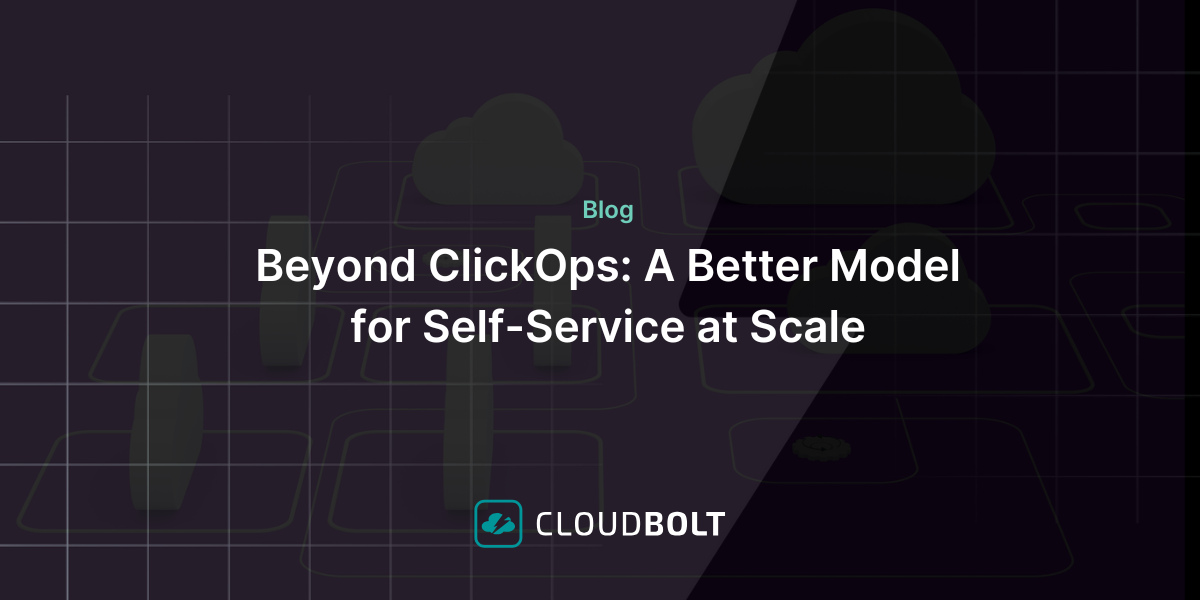You don’t need to rebuild a data center. You need to rebuild control.
I came up in the on‑prem days. Roaming data center floors with a VT terminal and a bundle of serial adapters as part of the job. You learned to bring up 8U servers, ‘rack and stack’ a six‑rack storage array, and troubleshoot with a crash cart and instinct. I still remember the sterile hum of the fans and the feeling that you were responsible for making it all operate.
That sense of ownership is what a lot of teams miss today.
Cloud has become unpredictable, unstructured, and hard to contain. The ROI that CIOs were promised never fully materialized. What started as speed and flexibility has evolved into sprawl, abstraction, and reactive cost management. Now, some of those same CIOs are asking if the answer is to bring it all back.
Spoiler: it isn’t.
What they really need is to take back control.
Repatriation isn’t the future. It’s a signal.
Unless you’re a large enterprise with existing data center assets, experienced ops staff, and a financial model that still supports CapEx, full repatriation is off the table.
We’ve seen some teams pull back specific workloads for cost, latency, or sovereignty reasons—but even then, it takes serious evaluation. You need to assess your architecture, calculate the real cost of exit, and be sure you’re not tethered to services that can’t be easily replaced.
For everyone else, the answer isn’t exit. It’s mature.
The goal isn’t to leave the cloud. It’s to stop being ruled by it.
That starts with giving platform and infrastructure teams a practical way to build, manage, and optimize cloud consumption before it gets out of hand.
What CloudBolt makes possible
CloudBolt CMP gives modern I&O and platform teams the systems they need to regain control without rebuilding from scratch. You can:
Forecast costs before you deploy
Model workload costs across AWS, Azure, GCP, or on-prem so you’re making decisions based on real context, not guesswork.
Enforce structure from day one
Launch environments from a catalog of pre-approved, right-sized blueprints that bake in tagging, ownership, life-cycle management, and cost controls.
Deliver speed without sacrificing governance
Developers get on-demand access to infrastructure, with policies built in—not bolted on later.
Prepare for portability without starting over
If repatriation is on the table, CloudBolt helps you recreate application stacks in your destination environment. No need to start from scratch.
The result? Fewer surprises. More predictability. A cloud operating model that works like you run it, not the other way around.
Want to run cloud like you own it?
Repatriation isn’t the plan. But letting cloud costs spiral out of control isn’t either.
If your team is starting to ask big questions, don’t panic and don’t overcorrect. Start treating cloud like it’s yours again. Plan for it. Govern it. Make it sustainable.
CloudBolt CMP helps you get there—before cloud chaos forces a repatriation conversation.
See how CloudBolt CMP helps you govern cloud, not just use it
Book a strategy session

Related Blogs

Optimization Has a Trust Problem — and a Timing Problem
Most teams will tell you they’re doing continuous optimization. Their dashboards are full, their alerts are wired, and somewhere there’s…

